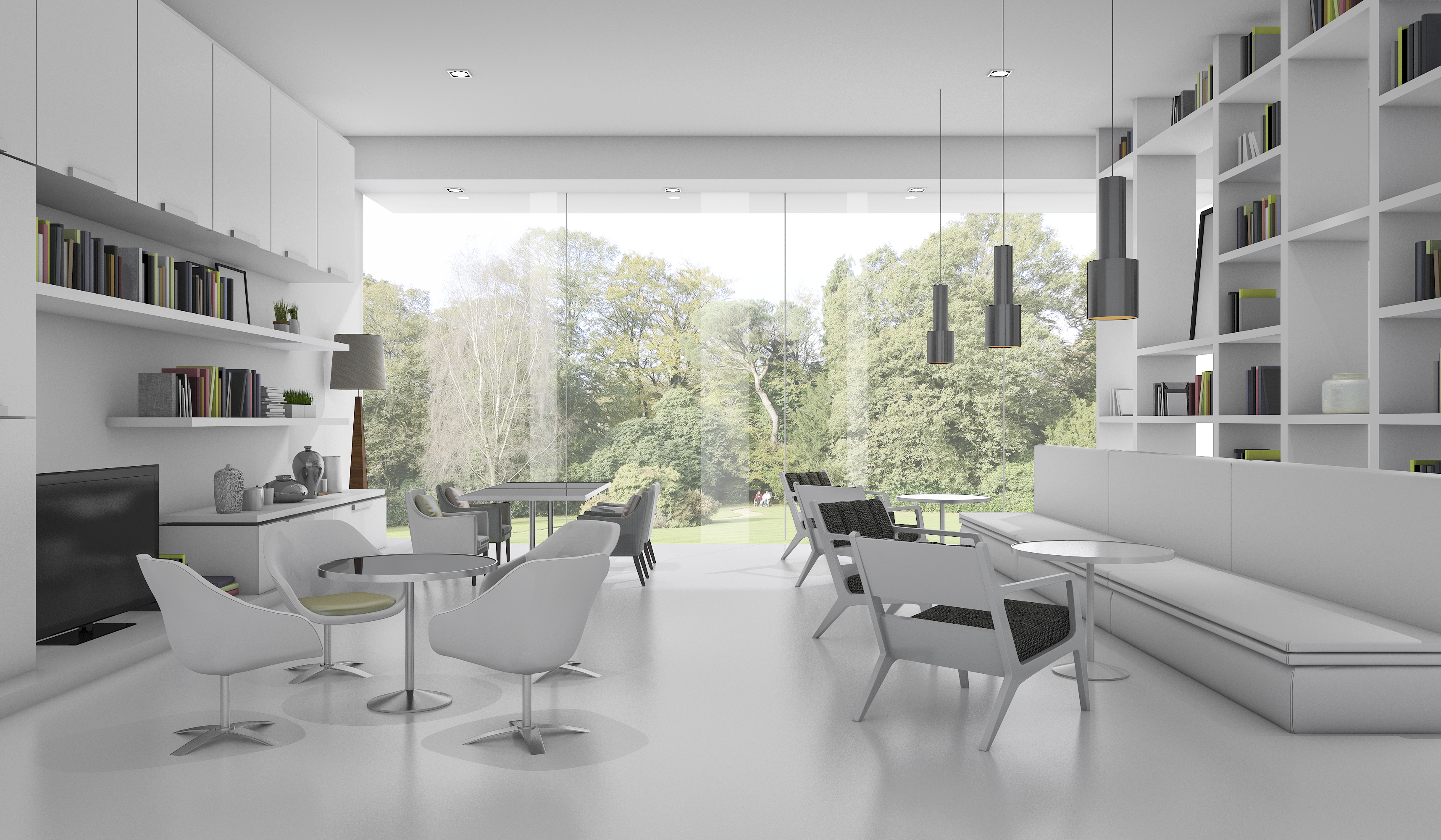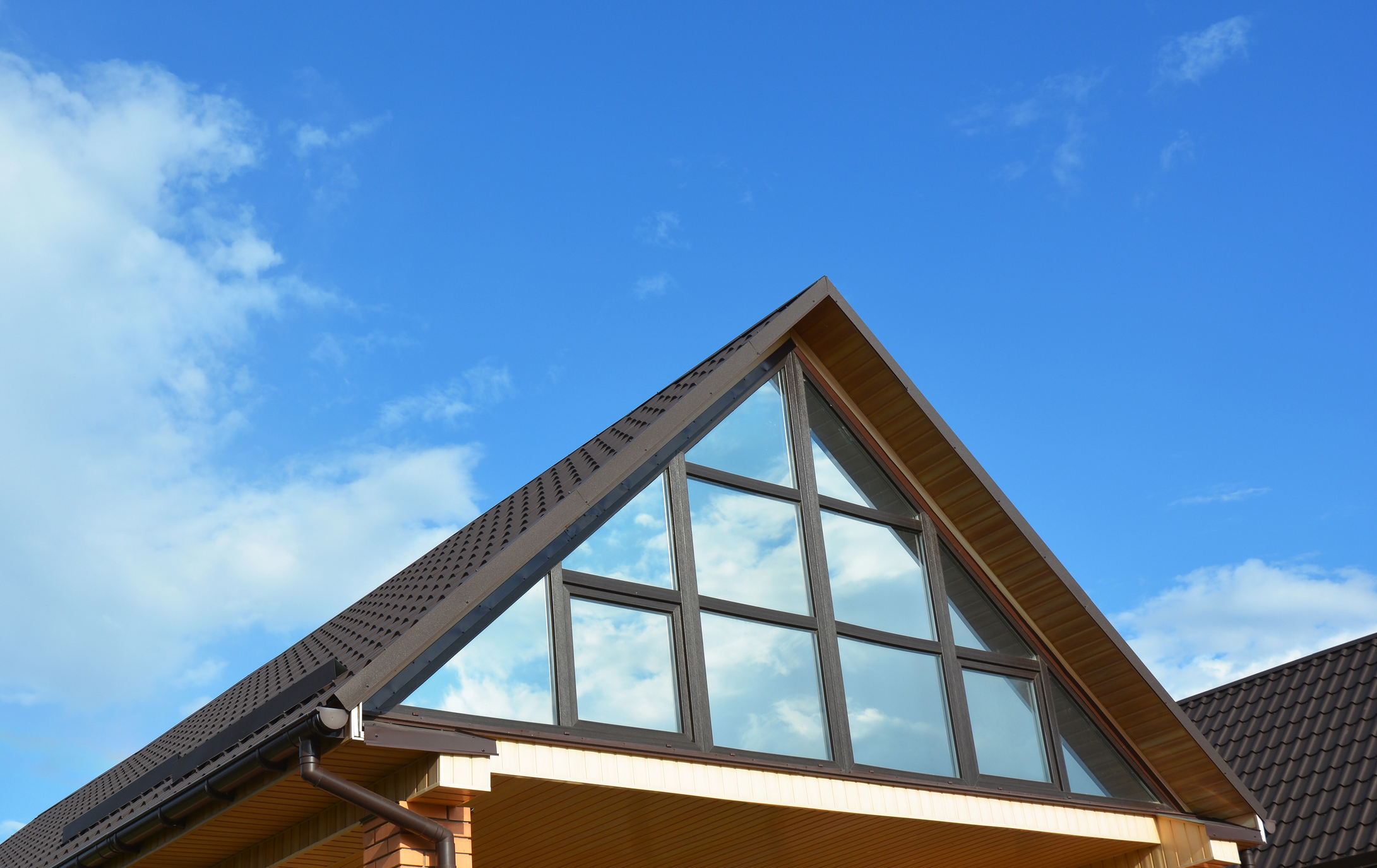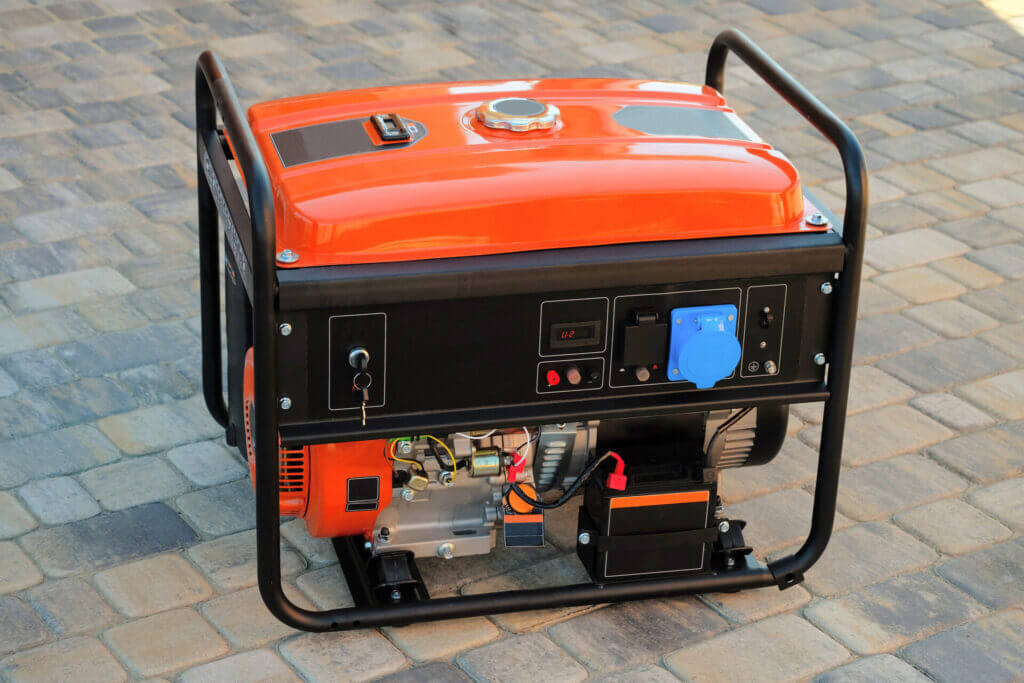Are you doing an HVAC project?
Modernize can pair you with three to four pros in your area, so you can compare options and save time and money.
Want to heat your home without spending a dime on electricity or fuel? It’s definitely possible. We hear a lot about high performance homes that are built with passive solar designs — building structures that capture heat from the sun and use it to keep homes more comfortable naturally, without burning up fuel. In fact, “passive homes” like these in Germany, require absolutely no heating or cooling at all — yet they keep residents snug during the harsh Teutonic winters. Pretty amazing!
Of course, that’s all well and good if you’re planning on buying a new home (and don’t mind paying a pretty penny for a high performance property), but what about existing homes? Are there any ways to retrofit these structures with passive design to that use solar heat — and offset electricity and fuel consumption?
The answer is yes, there are techniques you can use to add passive solar heating to your home without opting for a brand new pad. Updates to your home’s outer envelope — such as large, south-facing windows, or building features like a sunroom — maximize solar heat in your home without demolition. Even if you don’t ditch your conventional central heating system, they can still help lower your energy use. Here are a few of the best ideas we’ve seen.

Large South-Facing Windows and Thermal Mass Flooring
One way that builders take advantage of the sun is by using a home’s orientation to its residents’ benefit. South-facing walls, for instance, tend to absorb the most heat, at least if you live in the Northern hemisphere — so windows installed here can add a lot of warmth to a home.
It usually works like this: builders install large, wide, energy efficient windows on the south side. And then over this, they add a roof overhang to keep the windows cooler during hot weather. In the winter, the sun is angled so that south-facing windows can receive a great deal of that beneficial solar heat. In the summer, when the sun is angled more directly overhead, the overhangs shade the windows so they don’t heat the interiors past comfort levels.
In some cases, homeowners also opt for what’s known as “thermal mass flooring.” This is just a fancy way of saying they replace their existing floors with concrete or stone — materials that absorb and hold heat and then release it at night. The most awesome thing? It works the opposite way in summer, so you can stay cooler then, as well.
Adding a Trombe Wall to Your Home’s South Side
A similar concept is a passive design feature known as a Trombe wall. These masonry walls are usually installed over the south-facing side of a home, then coated in a dark, absorbent material like black metal foil, and lastly, faced with glass. The glass focuses the sunlight onto the dark surface, where it can be absorbed by the concrete or stone wall beneath. That heat then transfers into your home’s interiors, keeping you warmer without turning up the thermostat.
Find the Right Contractor for Your HVAC Project
Whether you’re ready to begin your project now or need some expert advice, our network of contractors are here to help. With a few simple questions, we’ll find the best local professionals for you
Trombe walls aren’t for the faint of heart, though — most easily weigh 100 tons or more — so they’re best handled by a professional builder who has experience in passive design. And most designers are able to thoroughly integrate Trombe walls into home aesthetics, so there will be no sacrifice on the part of your home’s curbside appeal.

Sunrooms Paired with a Thermostatic Fan
If your home already has a sunroom, guess what? You already have the raw ingredients for a passive solar retrofit. By installing an energy efficient thermostatic fan — also known as an exhaust fan — in the wall between your sunroom and the rest of your home, you can draw heated air from the sun-warmed space into the rest of your home.
And what if you don’t have an attached sunroom on your home? In that case, there’s never been a better reason to build one, has there? If you’re thinking of adding a sunspace to your home as a passive solar feature, you’ll want to make sure it’s as green as possible. Improperly installed or inefficient windows can allow heating to slip out through the glazing and seals.
Pay particular attention to the glass’s solar heat gain coefficient, or SHGC. This rating tells you how much heat your new sunroom allows into your home through the glazing — the higher the number, the more heat it lets inside. You don’t need to go crazy, though — a number that’s too high could make the space awfully uncomfortable in summer. If you’re using your sunroom to offset heating demand, a flooring material that will absorb heat, like stone or cement, is a smart bet. Install ceiling fans overhead as well so that you can use the room all year round.
Of course, the one drawback to passive solar heating is that it’s hard to control precisely. Depending on your climate and your home’s orientation, these fixes could potentially overheat your home, particularly in the summertime. It’s not a bad idea to run your plans by a builder or architect who specializes in green or passive design — before you get started. They will understand how to balance your home’s heating and cooling loads and can recommend features that will get you there. But don’t let that scare you away — once the initial build is complete, you’ll have heating and cooling virtually for no cost at all. There’s nothing like free!
Find the Right Contractor for Your HVAC Project
Whether you’re ready to begin your project now or need some expert advice, our network of contractors are here to help. With a few simple questions, we’ll find the best local professionals for you
Reviews from Real Homeowners
Welcome to Homeowner Resources! We are the Modernize blog. Modernize pairs more than 3 million homeowners a year with pre-vetted contractors in their area. This blog started because we believe homeowners should know everything about their homes, from how their HVAC works to which front door colors they might love. On Homeowner Resources, you can find information on every part of your home, right down to how you can negotiate with contractors to get the best price. Here's more about the blog.
Need a contractor? Learn more about how Modernize finds the right pro for you.


